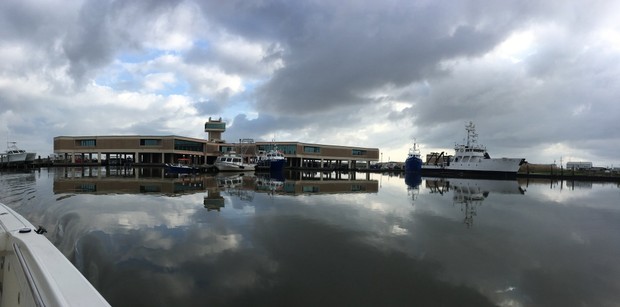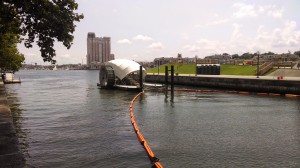
Foghorn (A Call to Action!)
- Sign up for Make for the Planet Borneo and help push forward the next generation of conservation technology!
- Announcing the Con X Tech Prize for Hacking Extinction! Apply for funding to create a working hardware prototype and win up to $20,000 in awards.
Flotsam (what we’re obsessed with right now)
- This is a totally ordinary, not at all alarming, call for government bidders on a contract to build “new systems that employ natural or engineered marine organisms as sensor elements to amplify signals related to the presence, movement, and classification of manned or unmanned underwater vehicles.” They even adorably call these Persistent Aquatic Living Sensors PALS. Normal!
- Here’s a video of anglerfish mating, because anglerfish are beauty.
- This week in science and conservation slowly, awkwardly coming to terms with their racist history: For Decades, Our Coverage Was Racist. To Rise Above Our Past, We Must Acknowledge It and Environmentalism’s Racist History.
- Scientists in Survival Mode: After a disastrous hurricane season, scientists in the storms’ pathways struggle to return to work.
The Levee (A featured project that emerged from Oceandotcomm)



